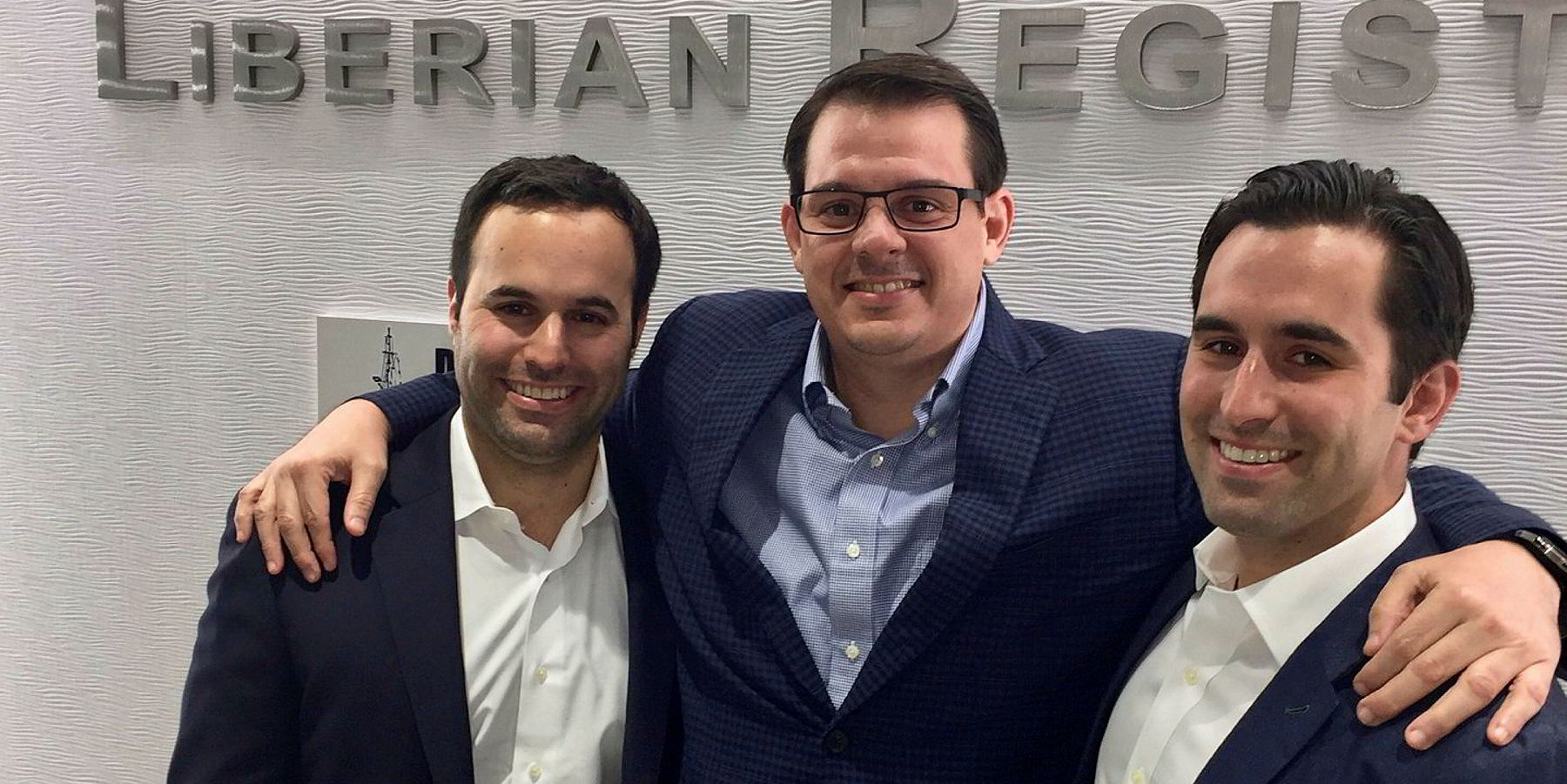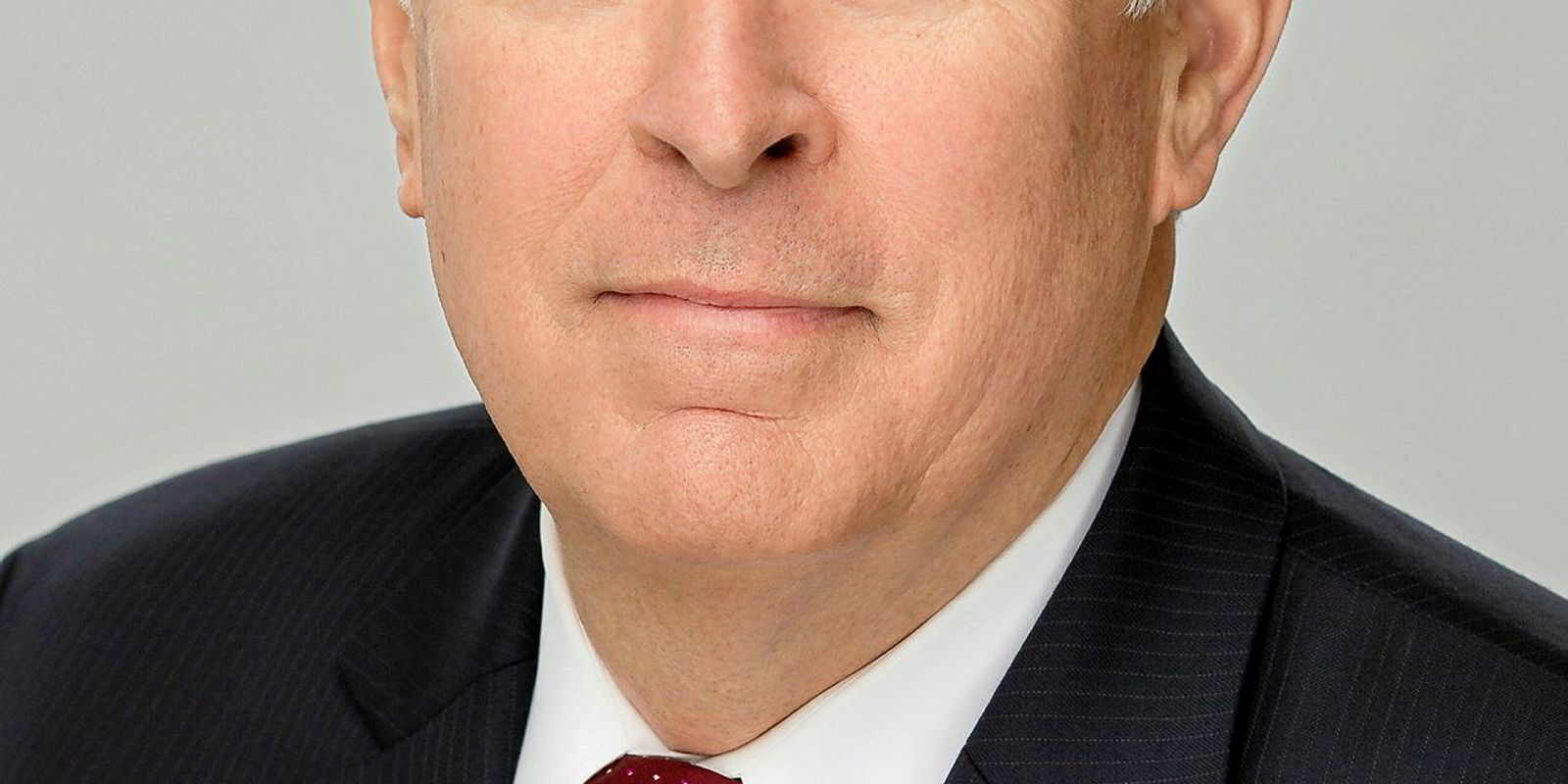Is the groundwork in place for Liberia to conquer the world?
Not Liberia the country, but the Liberian International Ship & Corporate Registry (LISCR), which is the world’s second-largest flag state.
LISCR is poised to surpass global leader Panama within the next 10 years based on current trends, fleet demographics and its significant investment in technology, the registry's management told TradeWinds in an interview at LISCR's headquarters in Dulles, Virginia.
The session marked the first press interview for brothers Adam and Elan Cohen, who are co-executive chairmen.
In-depth discussion
The Cohens and chief operating officer Alfonso Castillero spent nearly 90 minutes running through a range of topics relating to where LISCR has been and where they hope to take it.
"I think within the next 10 years that Liberia and perhaps the Marshall Islands are going to overtake Panama,” Adam Cohen says, acknowledging LISCR’s long-time rival among the open registries.
"We won’t attempt to overtake them in size by lowering our standards though. So, to the extent that there are a lot of vessel owners not ready to be registered by our standards, we're not going to push faster than we should.”
Panama remains the world’s largest flag state by a wide margin — according to data published by Clarksons in April — with 7,825 vessels and 212 million gt. Liberia came second with 3,575 ships and 158 million gt, while the Marshall Islands was third with 3,571 vessels and nearly 156 million gt.
Panama losing ground
However, the trend is not favourable for Panama. Its totals are down about 1% in vessels and by 3% in tonnage from 2015, while Liberia has gained 13% in vessels and 21% by tonnage over the same period. The Marshall Islands is up 22% in vessels and 25% by tonnage.
When the Cohens talk about overtaking Panama, they sit with someone who should have good perspective. Castillero was director general of the Panama registry for 16 years before accepting a job with LISCR in 2014.
Panama has been shrinking from 23% market share when I left to 16% right now, and I'd say within the next five to seven years the distribution among the top-three flags will be the same
Alfonso Castillero
"Panama has been shrinking from 23% market share when I left to 16% right now, and I'd say within the next five to seven years the distribution among the top-three flags will be the same," Castillero says.
Taking the lead
“Then we’ll really be competing with an emphasis on who is providing the best services and efficiencies — and we will take the lead.”
In discussing their aspirations, the LISCR managers stress two themes: the relatively younger age profile of their vessels, and the registry’s significant investments in Asia — a traditional stronghold for Panama that is becoming more open to alternatives.
According to Clarksons' figures, Panama’s flagged fleet has an average age of 17.9 years, with Liberia's at 11 years and the Marshall Islands' at 8.8 years.
"Panama's fleet is so much older — a lot of their vessels will be scrapping and they'll have to allow for a lot of fleet renewal, whereas our fleet has more newbuildings or secondhand vessels that are younger," Adam says.
“We've been developing a lot of momentum in the Far East. Historically, that's been a very Panama-centric market.
"I think as that market matures, the shipowners become less state-owned and become companies that are operating more commercially. I think they're looking for options outside the traditional Panama flag.
“They’ve graduated into looking at these choices, whether it's Liberia or several other open flags that compete closely with us. I think this is where we're going to see a lot of growth come from.”






